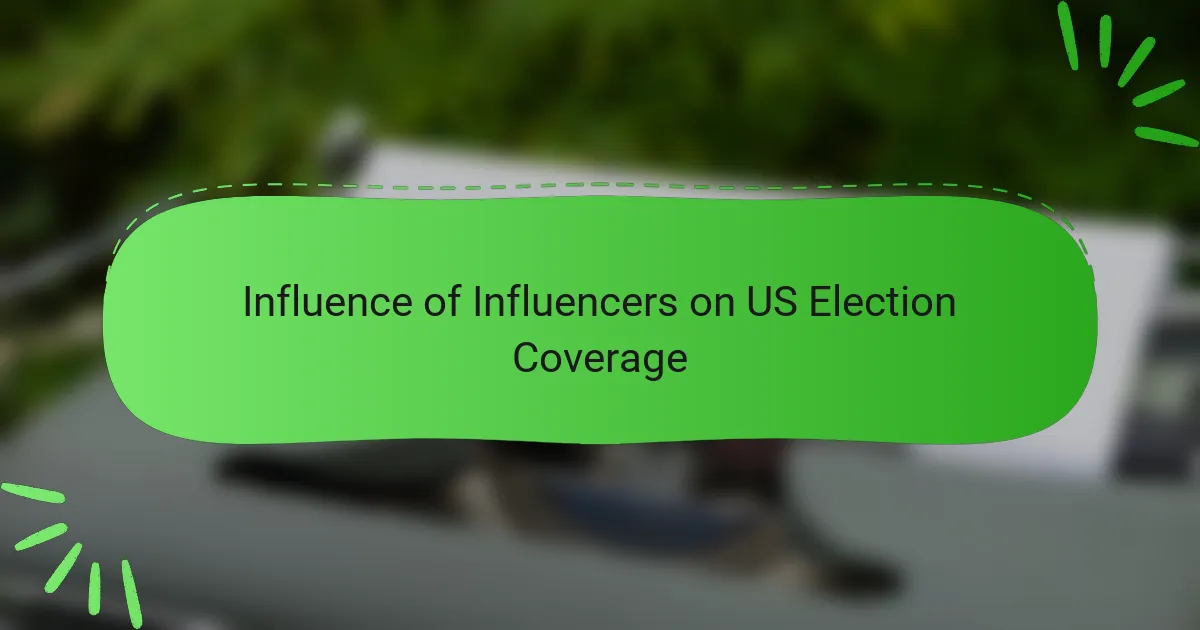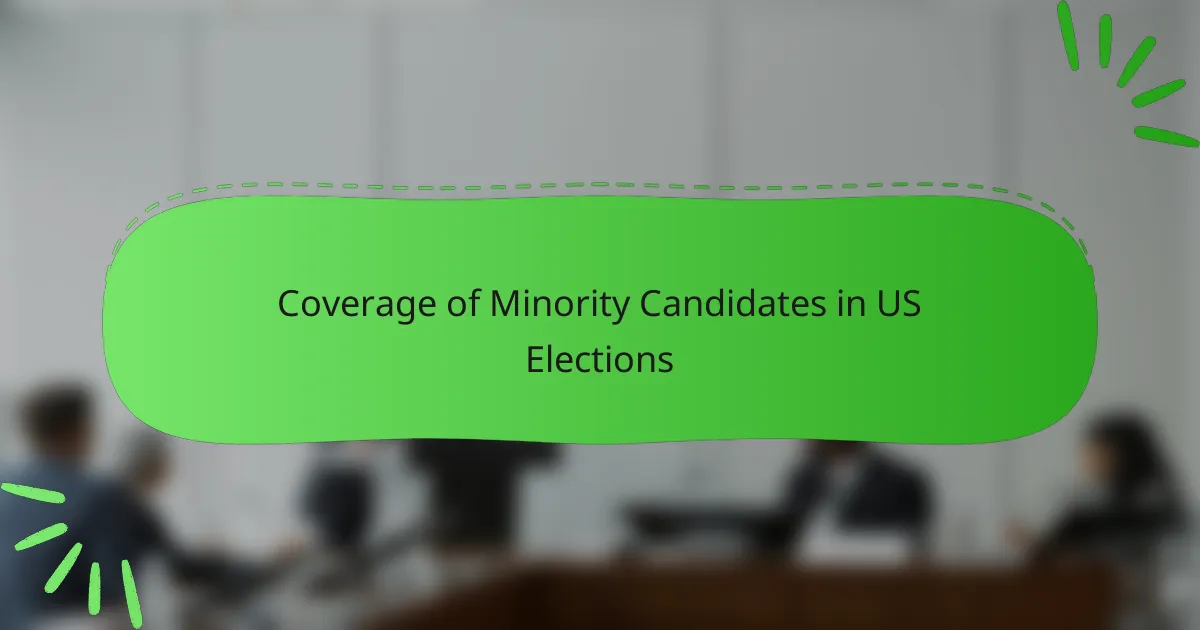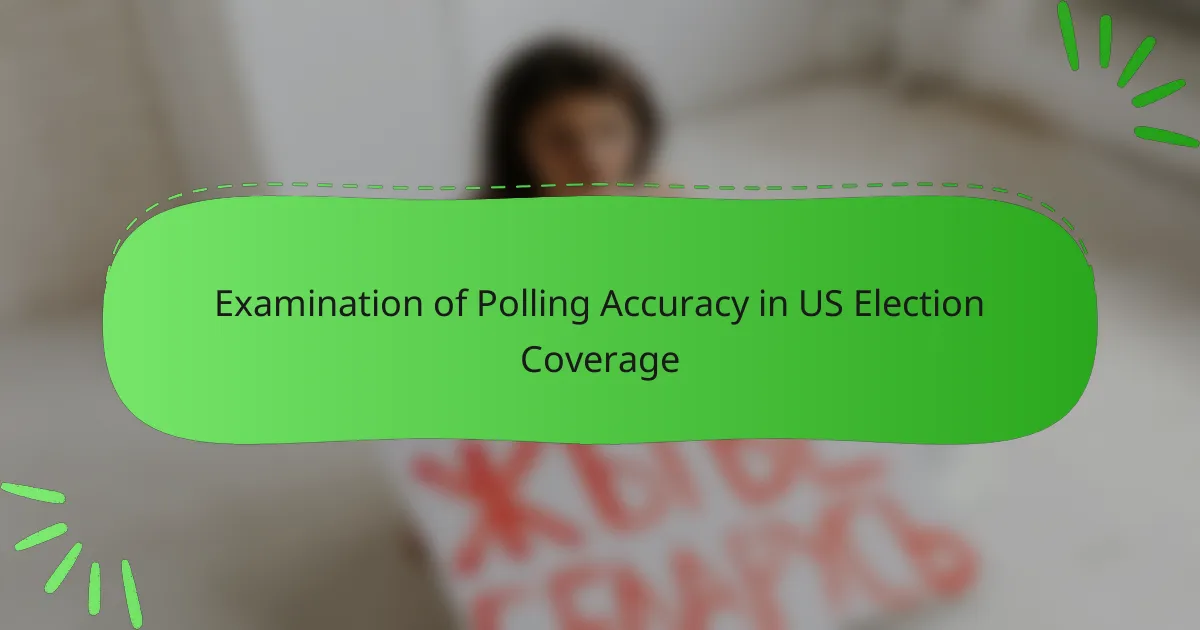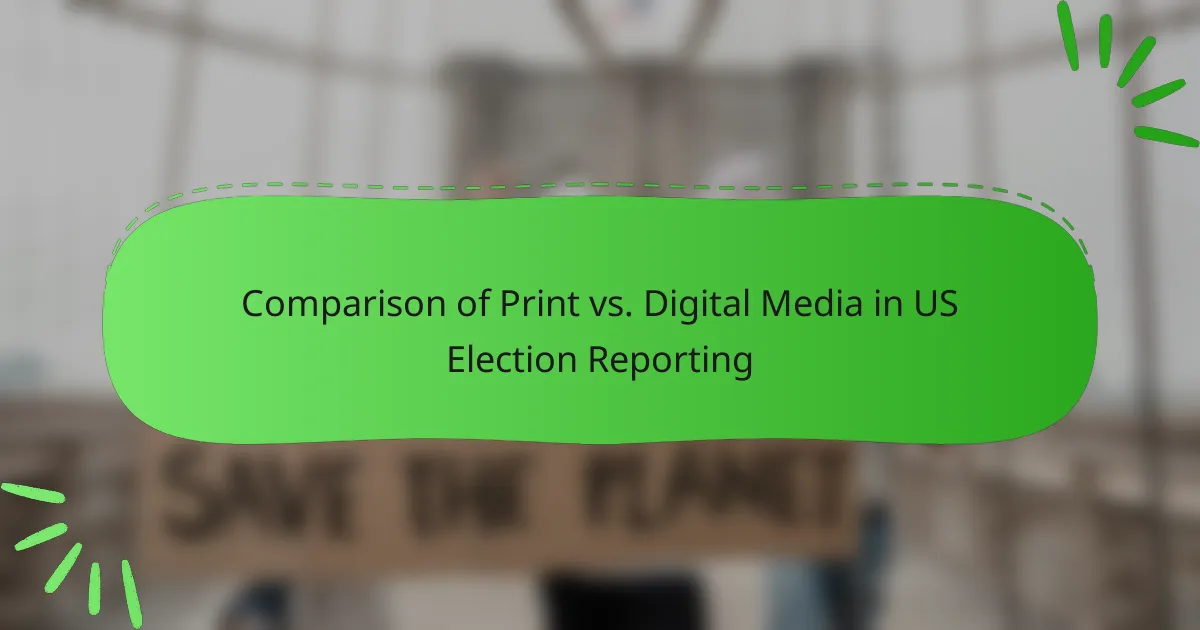The article compares print media and digital media in the context of US election reporting. Print media is characterized by its in-depth analysis and established credibility, often resulting from rigorous editorial processes that ensure accuracy. In contrast, digital media offers real-time updates and wider access to information, though it may lack thorough fact-checking. A Pew […]

Influence of Influencers on US Election Coverage
Influencers play a pivotal role in shaping US election coverage by amplifying political messages through social media, particularly among younger demographics like millennials and Gen Z. Their endorsements and relatable content significantly impact voter engagement, with studies showing that 50% of young voters are influenced by social media personalities in their voting decisions. Key attributes […]

Coverage of Minority Candidates in US Elections
The article focuses on the coverage of minority candidates in US elections, highlighting the disparities in representation across various levels of government. As of 2020, only 22% of elected officials in Congress and approximately 27% of state legislators come from minority backgrounds, indicating significant underrepresentation compared to white candidates. Local elections also reflect these trends, […]

Examination of Polling Accuracy in US Election Coverage
The article examines polling accuracy in US election coverage, focusing on how well polls predict election outcomes. It analyzes methodologies used in polling, including sample size and demographic representation, which are crucial for understanding voter sentiment and shaping campaign strategies. Historical data reveals discrepancies between poll predictions and actual results, particularly evident in close races […]
